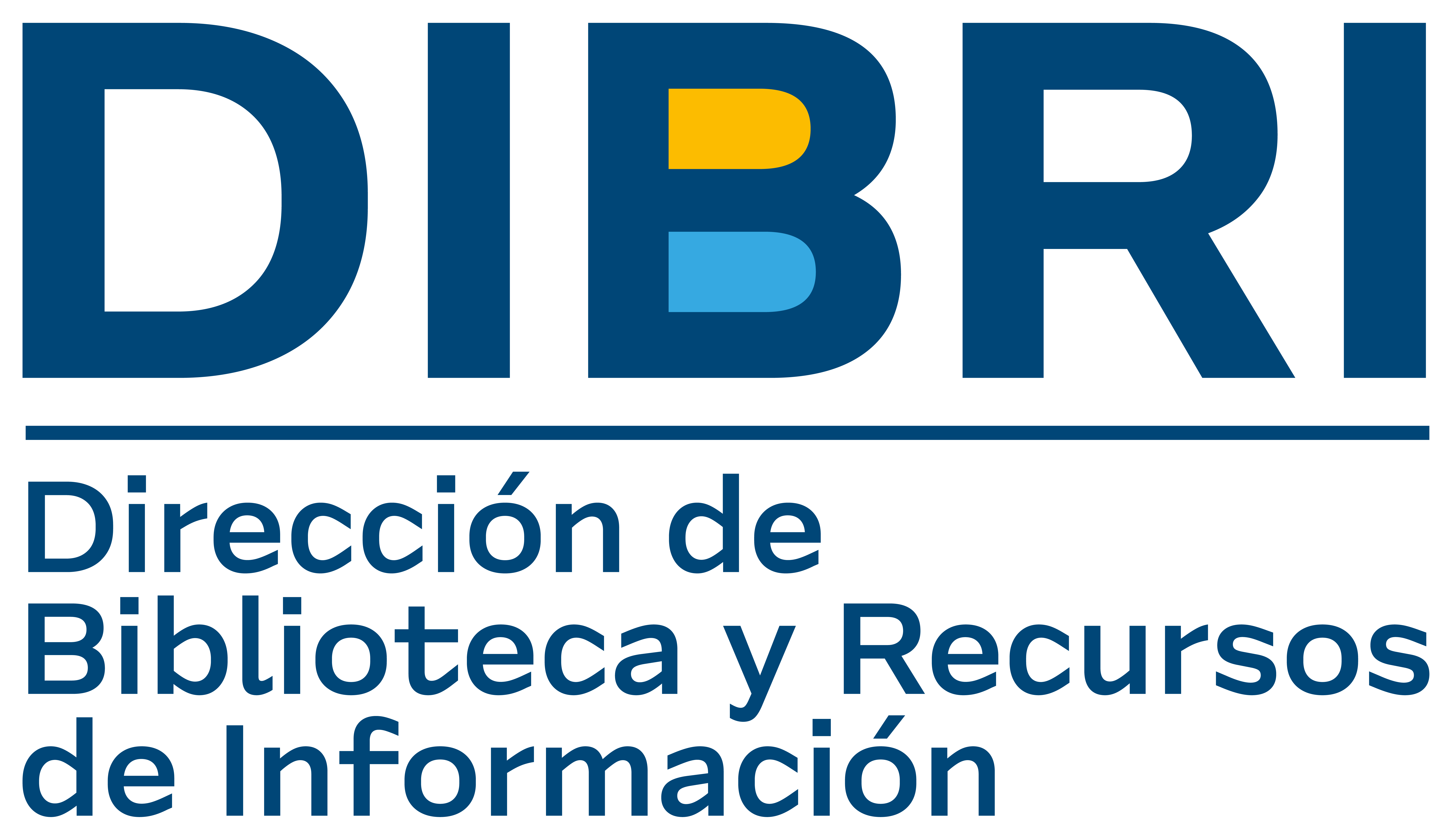Mostrar el registro sencillo del ítem
The effects of graphic novels to improve readings skills on EFL students
| dc.contributor.advisor | Irizar Santander, Arantxa Amaia [prof. guía] | |
| dc.contributor.author | Loyola, Cristóbal | |
| dc.contributor.author | Narváez, Tiare | |
| dc.contributor.author | San Martín, Camila | |
| dc.contributor.author | Tapia, Violeta | |
| dc.date.accessioned | 2025-04-01T15:23:34Z | |
| dc.date.available | 2025-04-01T15:23:34Z | |
| dc.date.issued | 2024 | |
| dc.identifier.other | INGL IR68e 2024 | |
| dc.identifier.uri | http://repositorio.ucsh.cl/xmlui/handle/ucsh/3760 | |
| dc.description | Seminario de Título Profesor de Inglés para Educación Básica y Media) - Universidad Católica Silva Henríquez, 2024 | es |
| dc.description.abstract | Reading comprehension is a fundamental yet challenging skill for learners of English as a Foreign Language (EFL), particularly in Chile, where national assessments reveal persistently low performance in this area. This study investigates the potential of graphic novels as an innovative instructional tool to enhance reading comprehension and vocabulary acquisition among 10th-grade EFL students in a subsidized school in Santiago. Adopting a quasi experimental design, the research compares two groups: a control group exposed to a traditional textual novel and an experimental group engaging with a graphic novel adaptation of Alice in Wonderland. Both groups completed pre- and post-tests to assess progress in reading comprehension and vocabulary. Statistical analysis using paired t-tests and non-parametric tests indicated no significant difference in outcomes between the two groups, suggesting that while graphic novels may enrich visual literacy and student engagement, they do not universally enhance reading comprehension. This finding highlights the importance of factors such as prior knowledge, student motivation, and the cognitive demands of integrating visual and textual information. The study underscores the nuanced role of multimodal texts in EFL education and recommends further exploration of strategies to optimize the integration of graphic novels, including training students to decode multimodal content effectively and tailoring material to their interests. By addressing these variables, future research may better elucidate the conditions under which graphic novels can be most beneficial in educational contexts. Keywords: Graphic novels, reading comprehension, vocabulary acquisition, EFL, multimodal, learning, educational tools, secondary education. | es |
| dc.language.iso | es | es |
| dc.publisher | Chile: UCSH | es |
| dc.rights | Attribution-NonCommercial-NoDerivs 3.0 United States | * |
| dc.rights.uri | http://creativecommons.org/licenses/by-nc-nd/3.0/us/ | * |
| dc.subject | Enseñanza del inglés | es |
| dc.subject | Comprensión lectura | es |
| dc.title | The effects of graphic novels to improve readings skills on EFL students | es |
| dc.type | Thesis | es |



